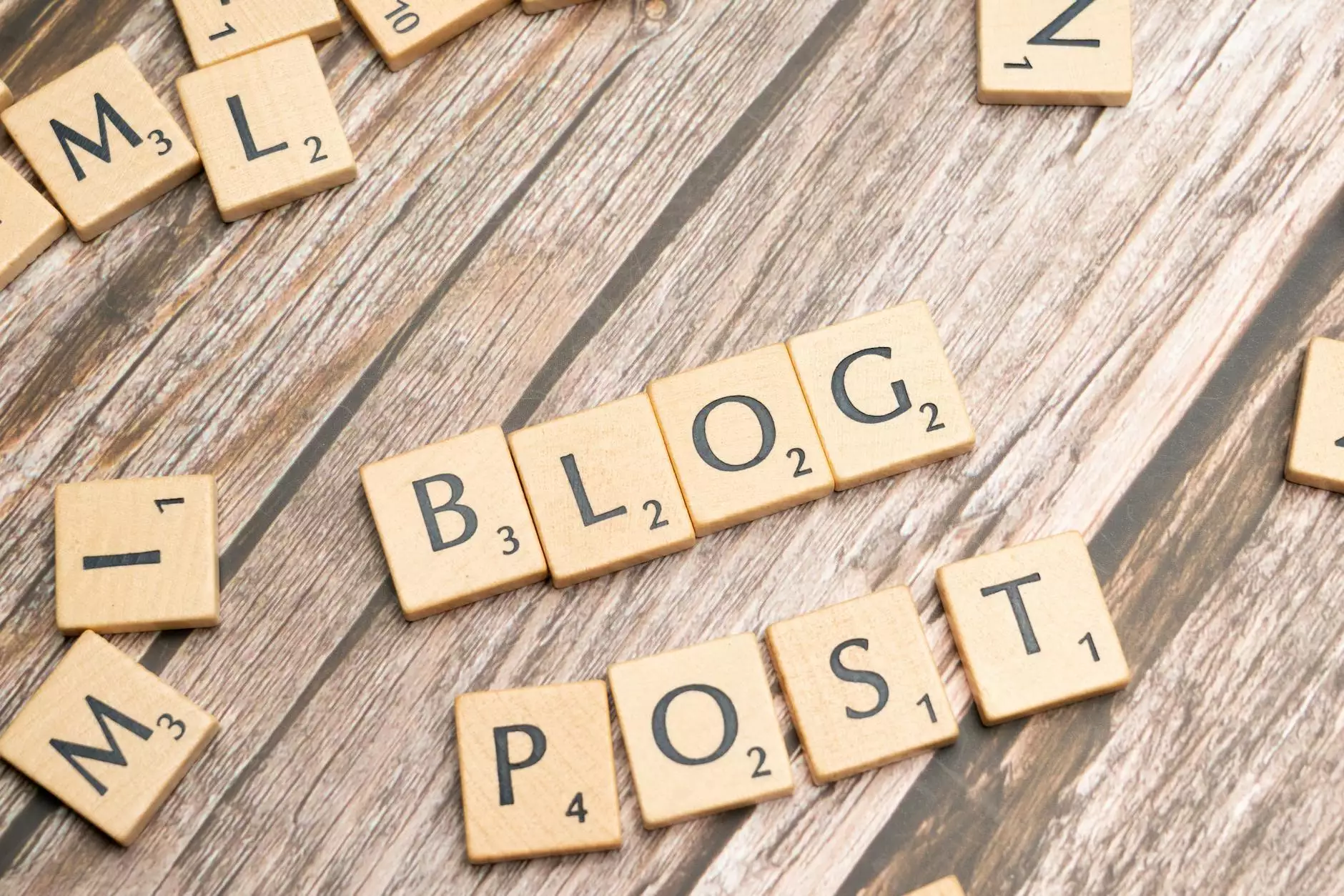The Importance of Image Annotation Tools for Machine Learning

As businesses increasingly turn to artificial intelligence (AI) to drive their operations, the need for high-quality data has never been more critical. One of the essential processes in developing AI, particularly in the fields of computer vision and machine learning, is image annotation. This article delves deep into the world of image annotation tools for machine learning, explaining what they are, why they are important, and how they can benefit your business.
What is Image Annotation?
Image annotation is the process of labeling or tagging images to make them understandable for machine learning algorithms. These annotations help machines recognize objects, faces, scenes, and even specific attributes within images. The annotations can be in various forms, including bounding boxes, segmentation masks, and keypoints, depending on the complexity of the task.
Why is Image Annotation Important?
For machine learning models to effectively learn from data, they require large quantities of accurately labeled datasets. Here’s why image annotation is crucial:
- Enhances Accuracy: Well-annotated data leads to better model performance and more accurate predictions.
- Facilitates Machine Learning Processes: Annotated images help in training and validating models, ensuring they can handle real-world scenarios.
- Drives Business Innovations: Companies can leverage the insights gained from machine learning applications in various areas like retail, healthcare, and autonomous vehicles.
Types of Image Annotation Techniques
There are several types of image annotation techniques that businesses can employ, depending on their objectives:
1. Bounding Box Annotation
Bounding box annotation involves drawing rectangles around objects within an image. This method is commonly used for object detection tasks in images.
2. Semantic Segmentation
This technique involves classifying each pixel of the image into predetermined categories. Semantic segmentation provides detailed spatial information and is essential in tasks such as background removal and identifying multiple objects within an image.
3. Instance Segmentation
Instance segmentation combines object detection and semantic segmentation by labeling each instance of an object separately, giving a more precise representation of objects in an image.
4. Landmark Annotation
This involves marking specific points on objects or faces, which is particularly useful in facial recognition technologies and biomedical applications.
How Image Annotation Tools Boost Machine Learning Performance
Image annotation tools facilitate and automate the labeling process, making it faster and more accurate. These tools can significantly boost your machine learning performance by providing the following:
1. Increased Throughput
Automated annotation tools can process large volumes of images quickly compared to manual annotation, allowing teams to focus on more strategic tasks.
2. Consistency and Accuracy
Automated tools ensure that annotations are consistent across all images, reducing human error and improving the overall quality of the dataset.
3. Cost Efficiency
Using image annotation tools can significantly reduce the costs associated with manual annotation labor, making it more feasible for businesses with limited budgets.
4. Integration with Machine Learning Frameworks
Many modern annotation tools come with built-in integrations for popular machine learning frameworks, streamlining the workflow from data collection to model training.
Best Practices for Image Annotation
Here are some best practices to keep in mind when engaging in image annotation for machine learning:
- Define Clear Objectives: Understand what you want to achieve with your annotated data.
- Choose the Right Annotation Tool: Select a tool that fits your technical needs and budget.
- Regularly Review Your Data: Quality control is essential; regularly review both the annotations and images to ensure accuracy.
- Use a Diverse Dataset: Ensure that your dataset includes a varied range of examples to avoid bias in your models.
- Train Your Annotators: If using human annotators, provide them with proper training to maintain consistency and accuracy in their work.
Choosing the Right Image Annotation Tool
When looking for the best image annotation tool for machine learning, consider the following factors:
1. Features
Ensure that the tool provides the necessary features for your specific annotation needs, whether it’s bounding boxes, segmentation masks, or any other technique.
2. User Interface
A clean and intuitive user interface can significantly enhance productivity, especially if multiple annotators are working on the project.
3. Scalability
Choose a tool that can easily scale with your needs as your dataset grows and your projects become more complex.
4. Integration Capabilities
Look for tools that can integrate smoothly into your existing machine learning pipeline, reducing friction in your workflow.
5. Cost and Pricing Structure
Evaluate the pricing model to ensure it fits within your budget while offering the necessary features and support.
The Future of Image Annotation in Machine Learning
The future of image annotation tools for machine learning looks promising as advancements in AI continue to evolve. The rise of autonomous systems, smart devices, and enhanced virtual reality applications will increase the demand for high-quality annotated datasets. As such:
- Improved Automation: Tools will integrate more AI-driven features to automate annotations significantly, reducing reliance on human input.
- Real-Time Annotation: Future tools may offer real-time annotation capabilities, allowing for dynamic adjustments during image capture.
- High-Level Data Analytics: Advanced analytics will provide better insights into the quality and efficacy of annotated data, leading to improved machine learning models.
Conclusion
In summary, the significance of image annotation tools for machine learning cannot be overstated. They play a crucial role in preparing data that drives AI technologies forward, directly impacting the success of machine learning projects. By implementing best practices and choosing the right tools, businesses can harness the full potential of AI and machine learning, unlocking new opportunities for innovation and efficiency.
Get Started with KeyMakr
If you're looking to enhance your machine learning capabilities, consider partnering with KeyMakr. We specialize in providing top-notch image annotation services that can streamline your workflow and elevate your AI initiatives. Contact us today to learn more about how we can support your journey into the world of machine learning and AI.



